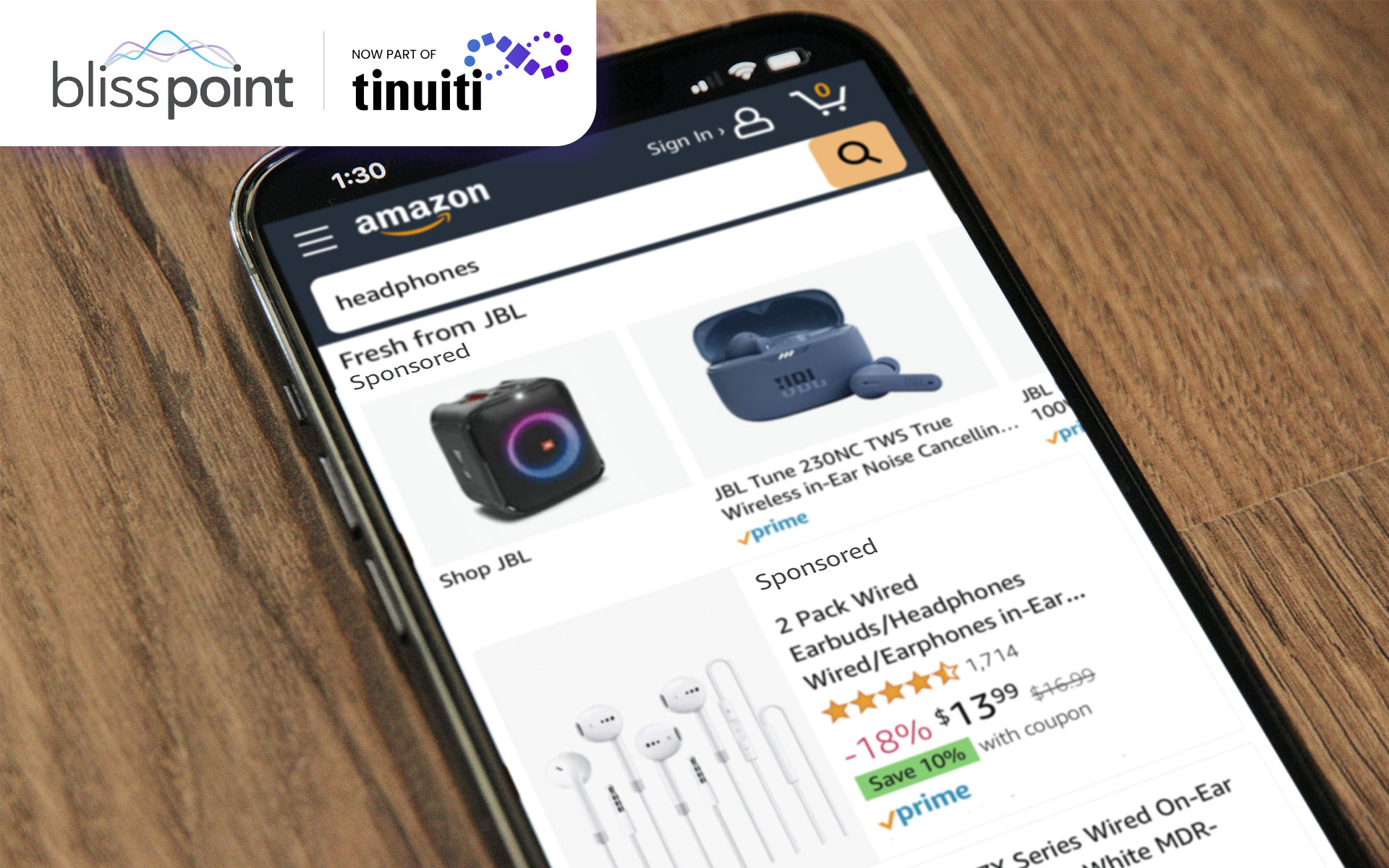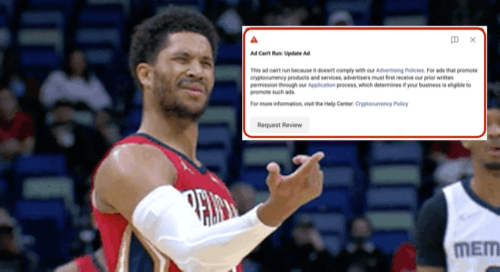
Last week we discussed Shopify creating an integration for its merchants’ shops with YouTube, which could easily become another example of the same thing, namely advertisers faced with a pay-to-play dilemma. How this will play out is arguably the most important ecommerce question of this decade – there are powerful incentives to centralize on a few platforms with massive reach, yet doing so cedes one’s fate to discovery auctions. As one seller put it, “If I stopped running ads [on Amazon], it’d be a catastrophe.” | The Information
Last week we reviewed this year’s edition of Prime Day, Amazon’s annual ecommerce extravaganza, which tallied about billion in merchandise sales over July 12th – 13th. An arguably equally important story – from the perspective of Amazon and its merchant network at least – is the amount of business Prime Day is now generating for Amazon Ads, which consists primarily of merchants bidding for higher placement on certain search terms. While Amazon does not publicize ad revenue figures for Prime Day, most analysts believe this year’s Prime Day was by far the biggest yet for Amazon Ads, fueled by a 58% CPC increase over last year’s edition as advertisers compete more intensely for superior placement. And this increased advertiser competition had a predictable consequence: it’s estimated that each dollar spent on Prime Day ads in 2022 generated 25% less revenue than it did last year.
As we told you back in February when discussing Amazon Ads’ “IPO”, the company has firmly established itself as one of the Big Three in digital advertising – it booked over billion in ad revenue in 2021, placing its ad business behind only Alphabet and Meta. It is entirely unsurprising that Amazon would focus intensely on this part of its business, considering that it is high-margin and growing rapidly, neither of which can be said of its core ecommerce business. From an advertiser’s perspective this equilibrium is a decidedly mixed blessing – Amazon allows a merchant to reach an audience vastly larger than all but the largest could reach on their own; the price of ‘renting’ Amazon’s reach is the advertising tax, which, as noted above, is steadily rising. And declining to play is not a realistic option – on average only four of the first 20 products a shopper sees when searching on Amazon are organic results, and we all know people don’t navigate to the second page of search results.





